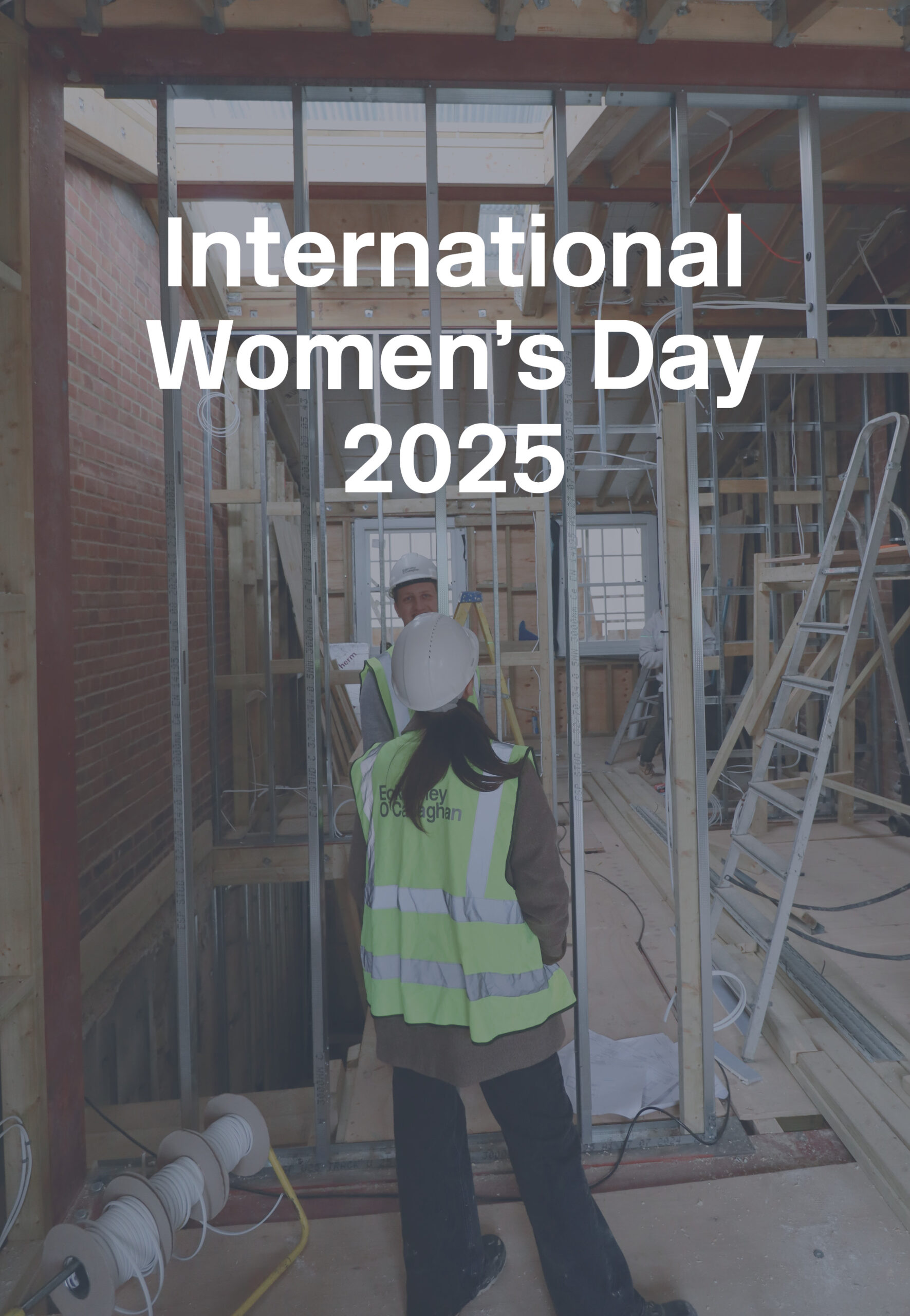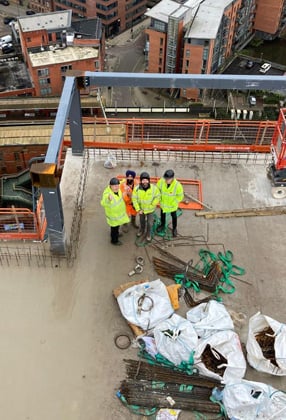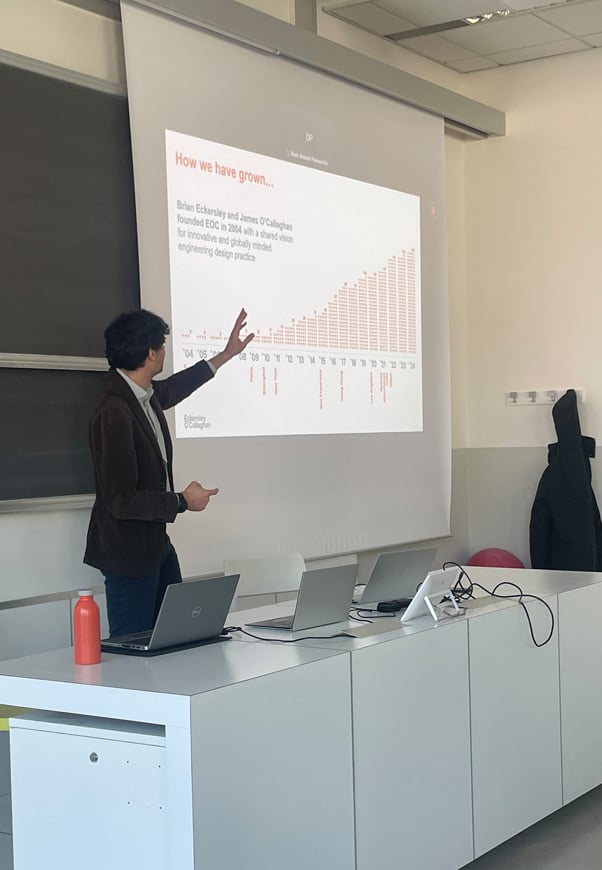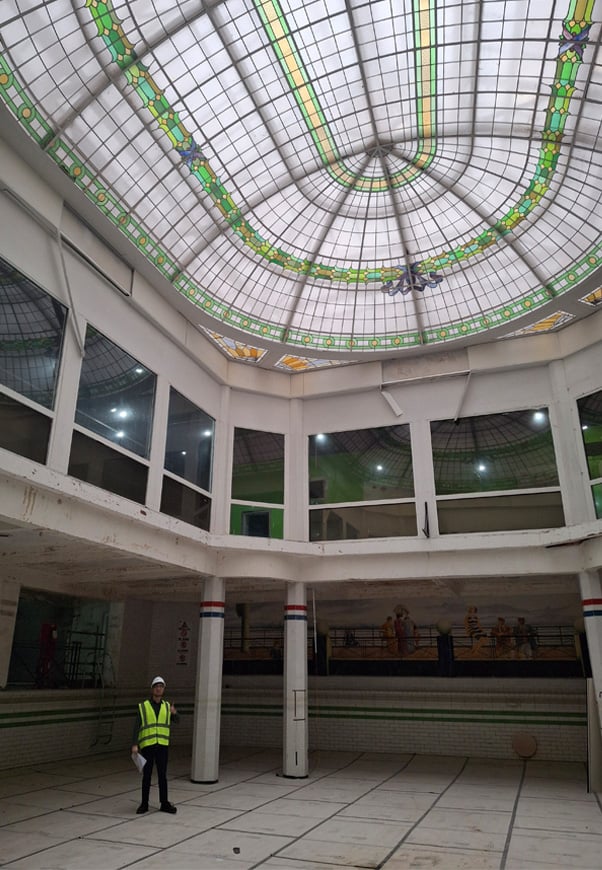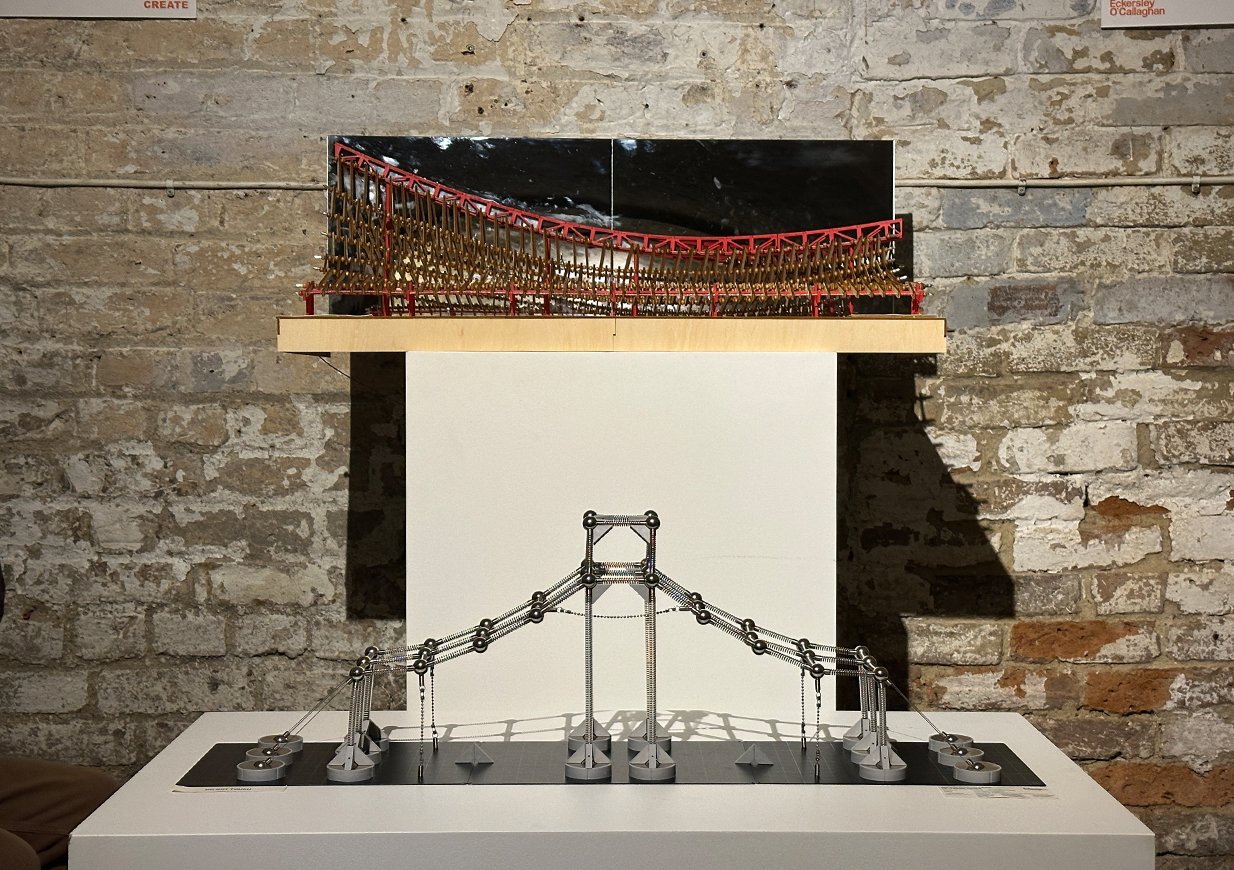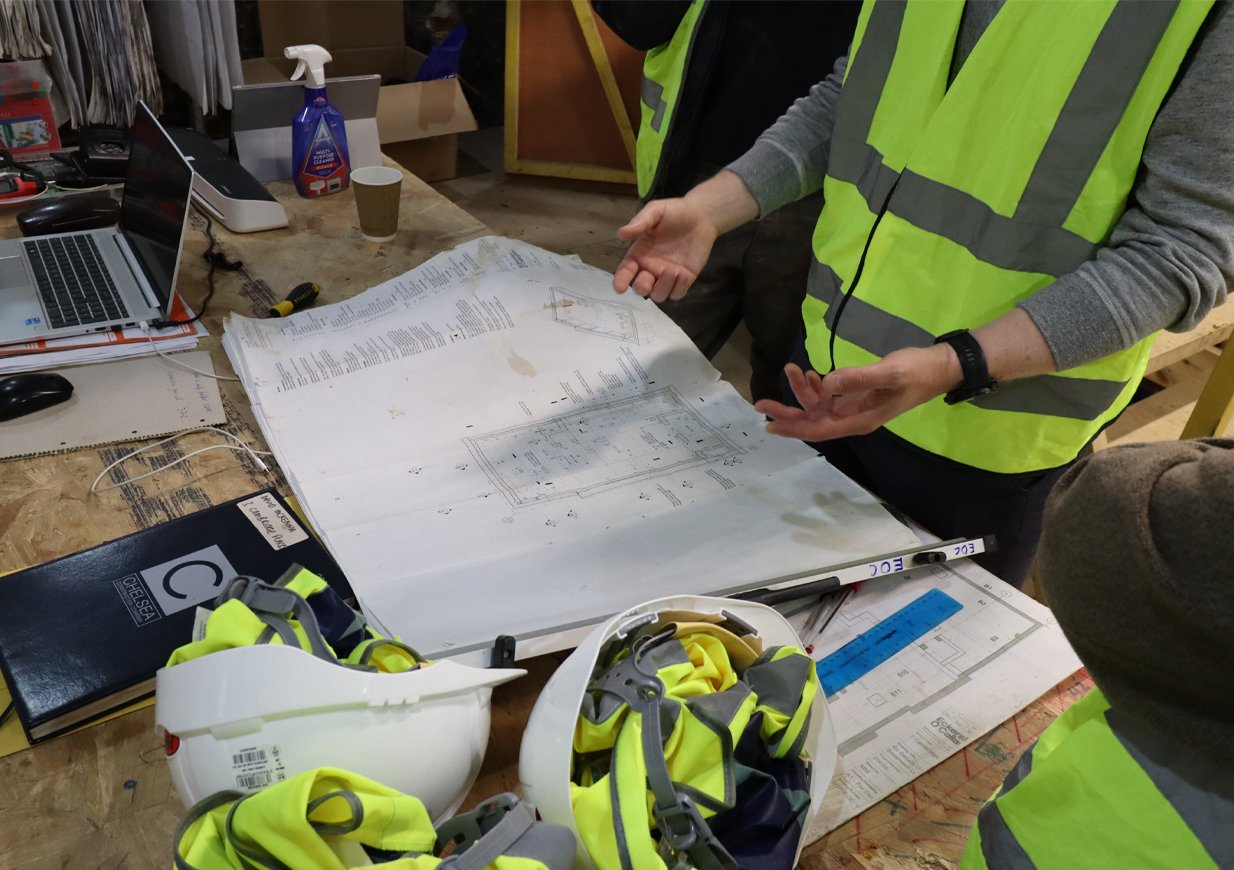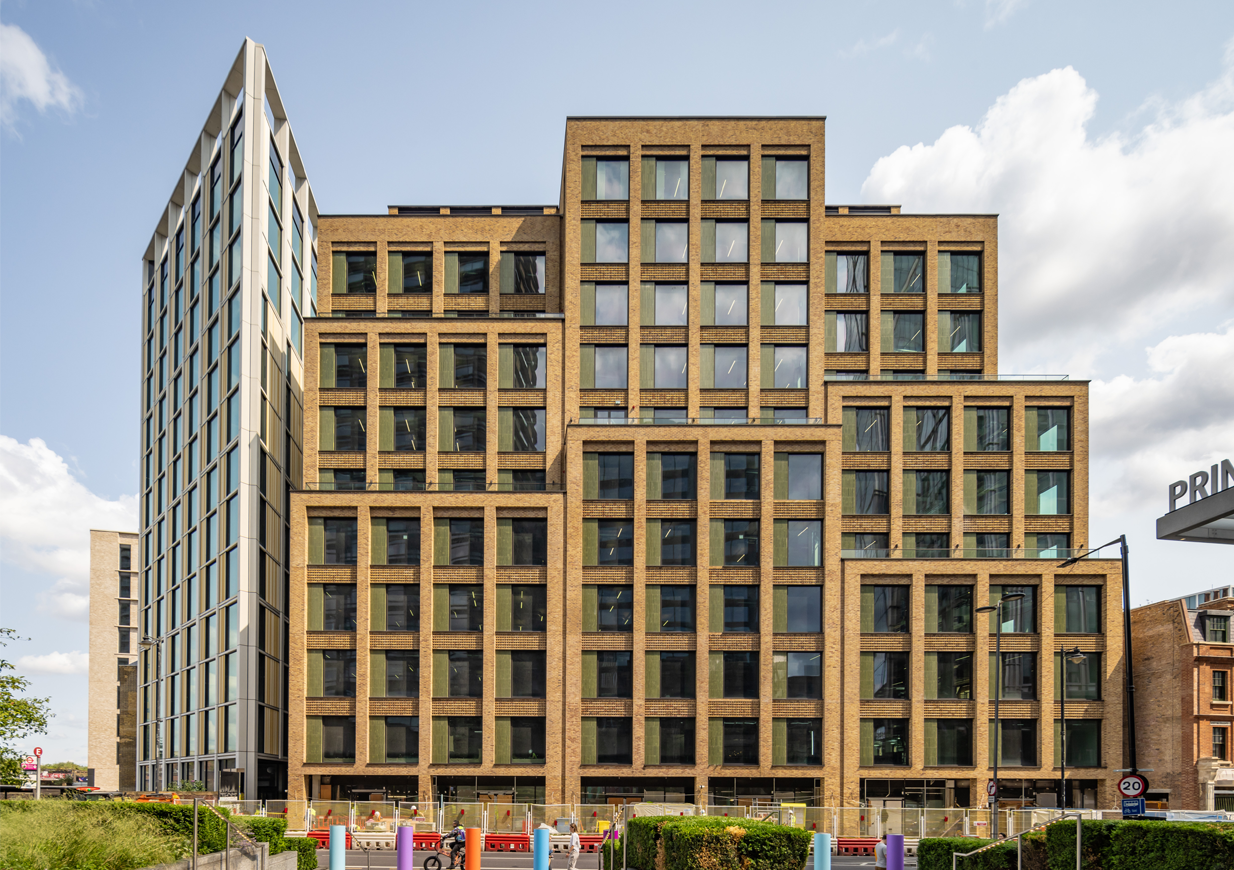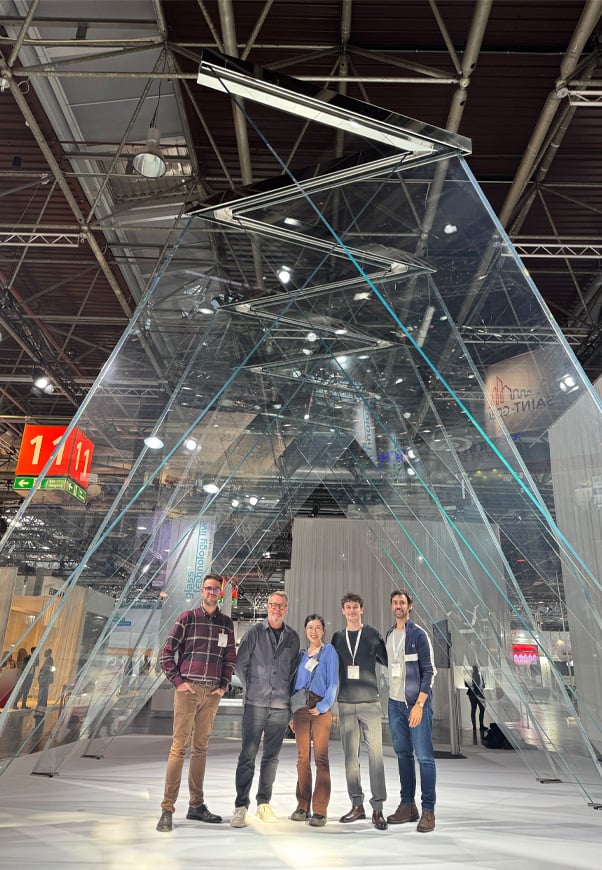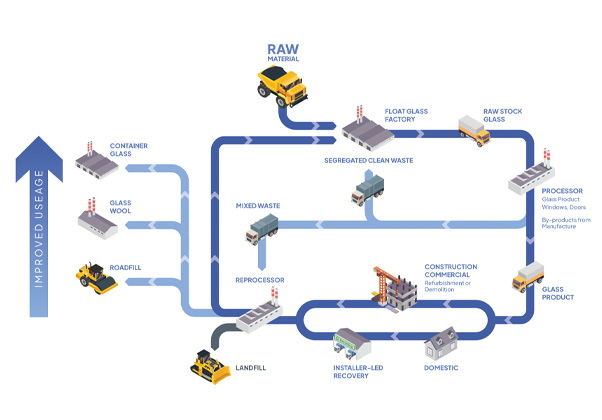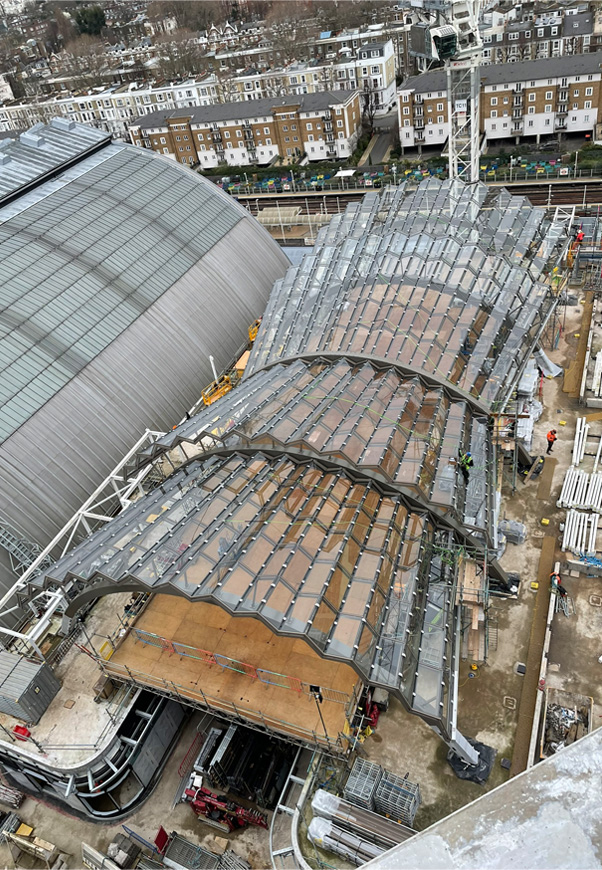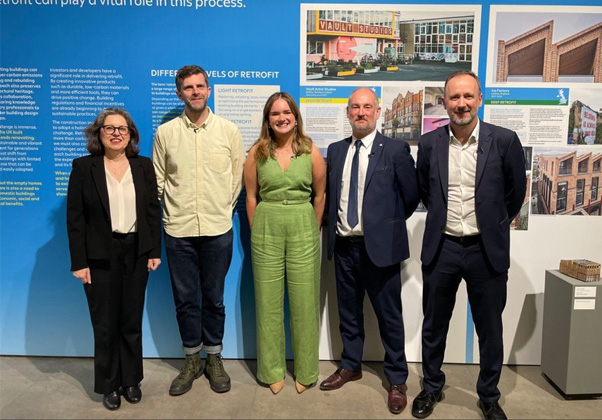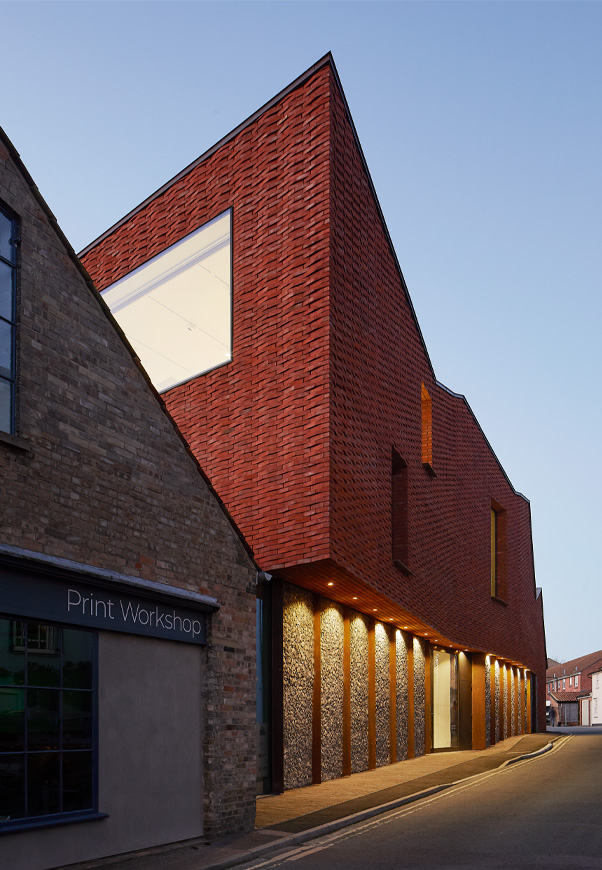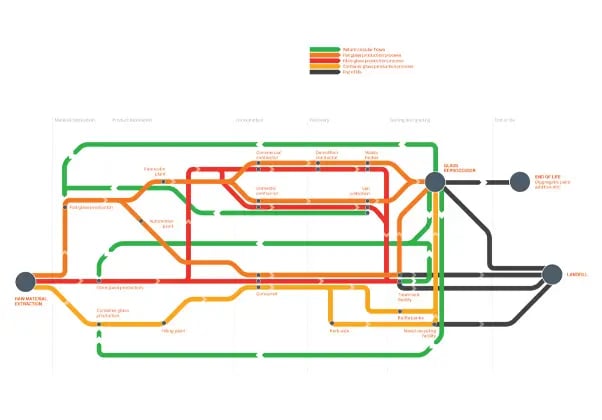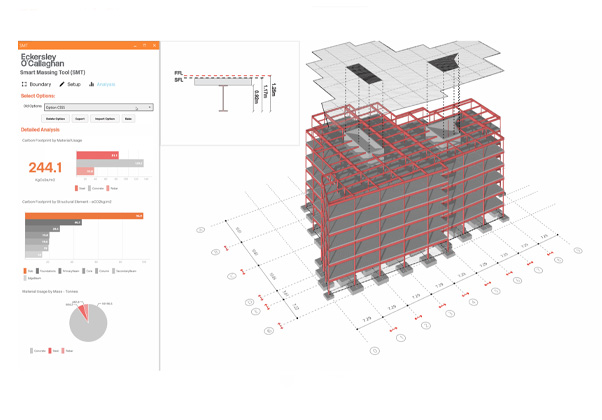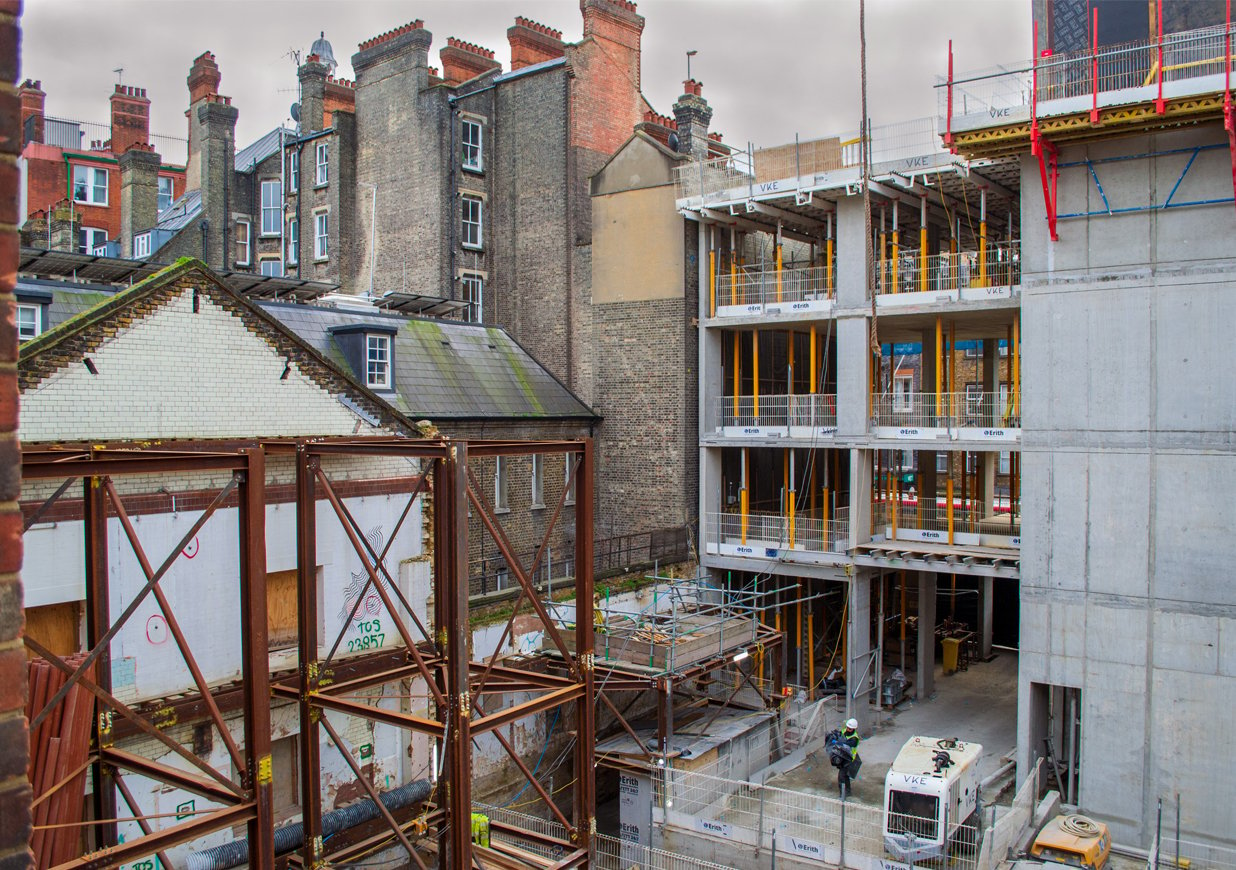Reducing embodied carbon in building materials
7 April 2022
Much has been made of the targets we need to hit to meet the Paris Agreement and the IPCC’s aim to limit global warming to 1.5C.
Greenwashing is widespread. We have already seen high profile organisations add their names to climate change declarations, before rapidly rowing backwards when the financial implications of what they’ve signed up to become apparent. ‘Net Zero’ is a term thrown about so much now that it has almost lost its meaning.
The discourse on decarbonisation of the power grid and benefits of clean energy in the UK is well underway, and a welcome step towards emission reduction, but isn’t 100% guaranteed. Alongside this, the construction industry is lagging behind with abundant carbon intense material extraction and manufacturing processes making the need to reduce embodied carbon even more urgent.
The bar has been set and ultimately net-zero is beyond the capability of most traditional construction materials. However, the interim goals set by London Energy Transformation Initiative (LETI) which define the roadmap to net-zero via a 2030 milestone are certainly more attainable with applied engineering rigour. At EOC we are measuring the carbon of our projects and benchmarking them against these targets to inform and influence future designs so we can meet net zero targets.
If you are interested in finding out more about;
- Assessing embodied carbon in buildings,
- The benefits of assessing alternative structural solutions and adaptive reuse of buildings,
- Reducing carbon in new buildings,
- How we can make carbon measurement easier.
Visit RICS website to see a recently published article from Associate Director Duncan Walters about what we are doing at EOC to achieve Net Zero and what need to be doing collectively as a sector.
RICS Website – Reducing Embodied Carbon in Buillding Materials
If you’re interested in measuring carbon within your own structures, contact us to download the script for our Plug-in for Autodesk Revit; EOC ECO2 which allows users to measure all of the embodied carbon within the structural framing.

